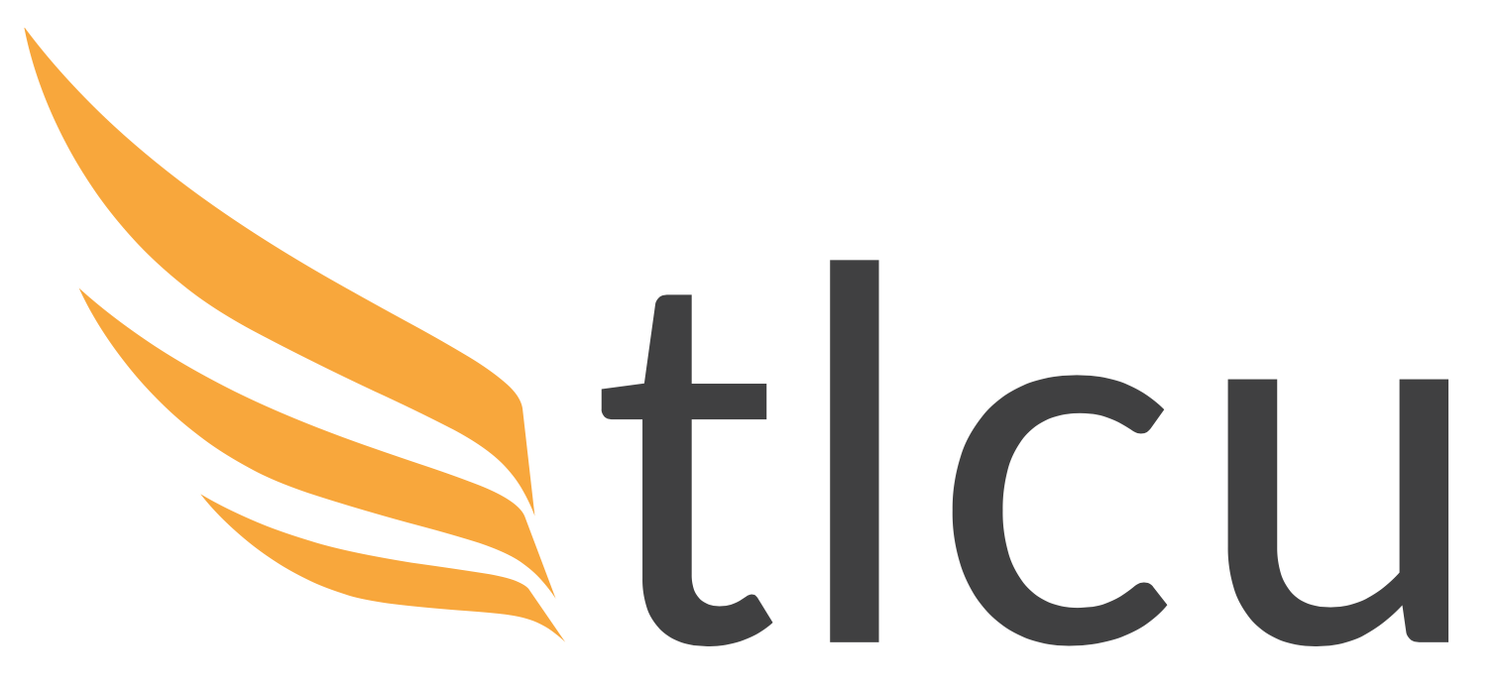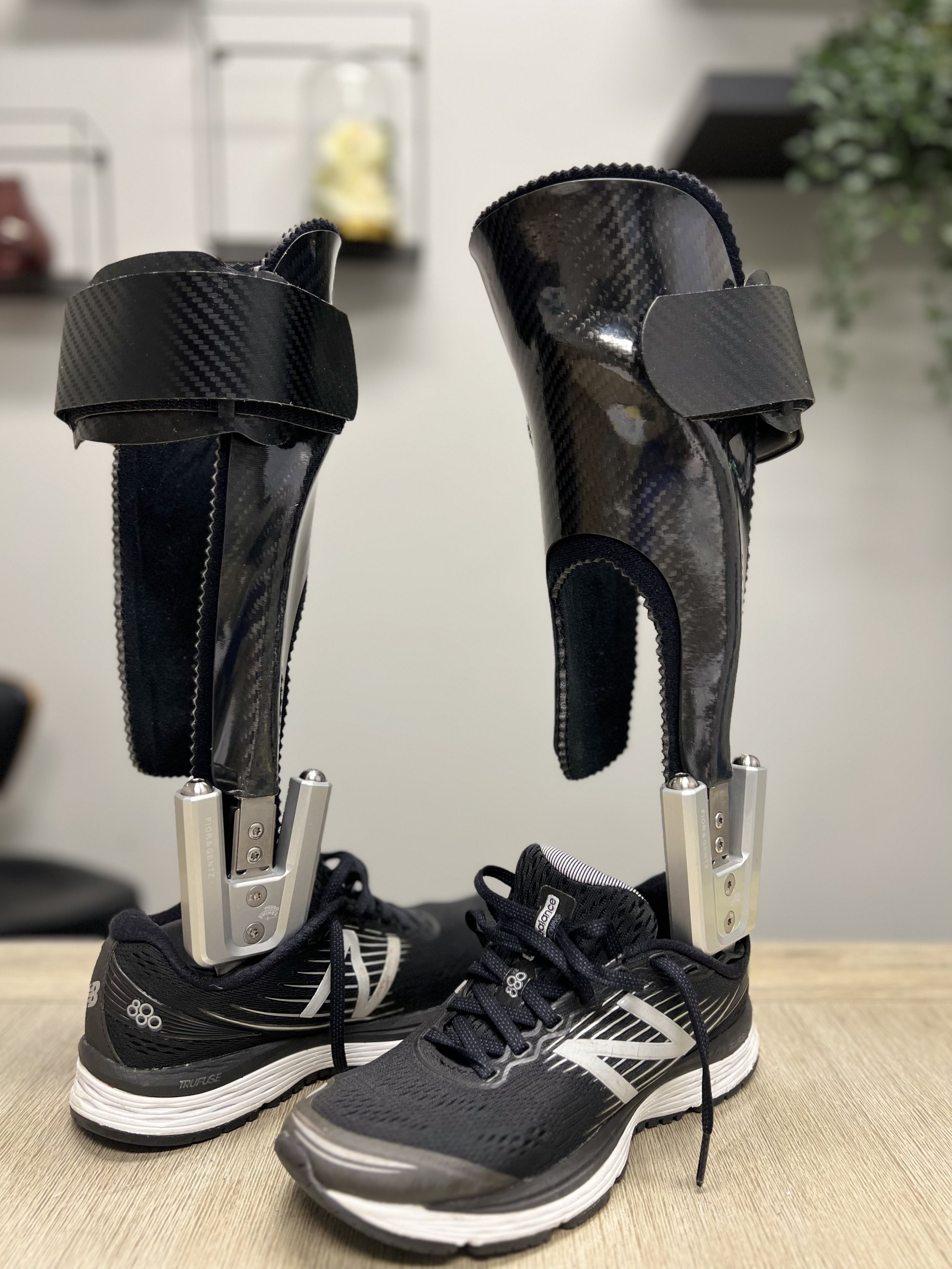
MODERN ORTHOTIC DESIGNS
Modern Orthotic Designs
Based in Perth, Western Australia, Modern Orthotic designs has a strong focus on goal-oriented prescriptions. Our team of experienced clinicians specialises in serving pediatrics, adolescent and adult clients with a range of different diagnoses, including but not limited to MS, cerebral palsy, Spina Bifida, Charcot Marie Tooth disease, and Guillain-Barre syndrome. We understand that every client has unique needs and goals, and our personalized approach ensures that we create a customised treatment plan for everyone.
Our clinicians are experts in managing varying conditions with the use of orthoses, and we are committed to staying up-to-date with the latest technology and techniques in the field. We believe in working closely with our clients to understand their goals and aspirations, and we provide the highest level of care and support to help them achieve their goals.
Whether you are a child or an adult, our team will work with you to assess your needs, develop a custom treatment plan, and provide ongoing support and care throughout your journey. With our focus on quality care and personalised service, you can trust us to provide the best possible outcomes for your orthotic needs.
DYNAMIC ORTHOSIS
Dynamic orthoses, including unilateral ankle joints, are devices designed to support and assist individuals with musculoskeletal or neurological conditions affecting their lower limbs, providing increased control over the knee and ankle joints. These orthoses are commonly used to improve gait, balance, and overall mobility.
Unilateral ankle joints refer to the presence of a joint on one side of the ankle orthosis, allowing movement primarily in the sagittal plane. The sagittal plane encompasses forward and backward movements, which are crucial during the gait cycle. These joints can be passive or active, depending on their design and purpose.
Dynamic orthoses are distinguished from fixed orthoses by their ability to allow controlled movement during specific phases of gait while still providing stability and support when needed. Such as yielding plantarflexion at loading response, tibial progression through stance phase, and propulsion assist at terminal stance. Utilising components such as Neuroswing 2 and NexGear Tango are generally applied to custom-made devices and adjusted according to the individual's specific needs and condition.
Applications of Dynamic Orthoses with Unilateral Ankle Joints:
Rehabilitation: Dynamic orthoses with unilateral ankle joints are commonly used in the rehabilitation of patients recovering from ankle injuries, surgeries, or neurological conditions (e.g., stroke). These orthoses help patients regain strength, range of motion, and proper gait mechanics.
Sports and Athletics: Athletes who have suffered ankle injuries may use dynamic orthoses during their recovery to aid in the healing process and facilitate a safe return to sports activities.
Neurological Conditions: Individuals with certain neurological disorders, such as cerebral palsy or multiple sclerosis, may experience gait abnormalities and muscle weakness. Dynamic orthoses with unilateral ankle joints can assist in improving walking patterns and overall mobility.
Mobility Assistance: For individuals with chronic conditions or disabilities that affect their ankle joint function, dynamic orthoses can provide increased stability and support for daily activities and walking.
It's essential to note that dynamic orthoses, including unilateral ankle joints, should be prescribed and fitted by qualified and accredited healthcare professionals, such as orthotists. Proper assessment, fitting, and adjustments are crucial to ensuring that the orthosis meets the individual's specific needs and enhances their functional capabilities safely.

Stance Control KAFOs (Knee-Ankle-Foot Orthoses) are specialised orthotic devices designed to assist individuals with weakness or paralysis in their lower limbs, providing support and improving mobility during walking. Unlike traditional KAFOs, which are locked in place during the stance phase of gait (when the foot is in contact with the ground), stance control KAFOs allow controlled movement of the knee joint during specific phases of walking. This feature helps to mimic a more natural gait pattern and facilitates a more efficient and less effortful walking experience for the user.
Here are some key benefits of using our commonly prescribed joints such as the C-Brace, Neurotronic, and SPL2 in stance control KAFOs:
-
The C-Brace is a technologically advanced, microprocessor-controlled knee joint used in stance control KAFOs. It utilises sensors and advanced algorithms to detect the user's movement and walking phase.
The key benefits of the C-Brace include:
• Stance Control: The C-Brace automatically adjusts the knee joint resistance during the gait cycle, providing support during the stance phase and allowing free knee flexion during the swing phase. This promotes a more natural walking pattern and reduces the risk of trips or falls.
• Real-time Adaptation: The microprocessor technology allows the C-Brace to adapt to various walking speeds, terrains, and inclines, providing consistent support and stability across different environments.
• Reduced Energy Expenditure: By enabling a more efficient gait pattern, the C-Brace reduces the energy required for walking, making it less fatiguing for the user.
-
The Neurotronic joint is another type of microprocessor-controlled knee joint used in stance control KAFOs.
Some of its benefits include:
• Automatic Stance Control: The Neurotronic joint automatically locks during the stance phase to provide stability and unlocks during the swing phase to facilitate a natural, unimpeded leg movement.
• Intuitive Sensing: The joint's sensors detect the user's walking pattern and adjust the joint's behaviour, accordingly, allowing for a seamless transition between stance and swing phases.
• Stability and Safety: The Neurotronic joint's ability to lock during stance ensures better stability and reduces the risk of buckling or collapsing of the knee during weight-bearing.
-
The SPL2 joint is a mechanical stance control knee joint with manual lock and release functions.
Its benefits include:
• Lightweight Design: The SPL2 joint is designed to be lightweight, which enhances comfort and reduces fatigue during prolonged use.
• Adjustable Stance Control: The joint allows clinicians to adjust the resistance for knee extension, offering customisation to suit the user's specific needs and level of muscle function.
It's important to note that the choice of stance control KAFO and knee joint depends on the individual's specific needs, functional abilities, and the recommendations of their healthcare provider or orthotist. These advanced orthotic devices can significantly improve mobility and quality of life for individuals with lower limb weakness or paralysis, enabling them to engage in daily activities with greater independence and confidence.





